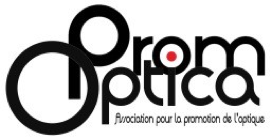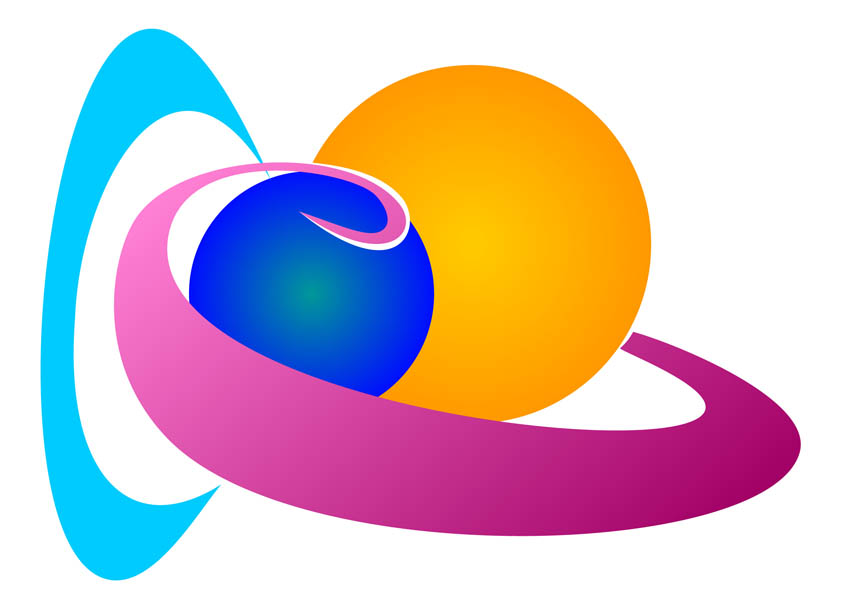PromOptica - Electromagnetic radiation sensors
→
Europe/Brussels
Meridian room at the Royal Observatory of Belgium
Meridian room at the Royal Observatory of Belgium
Avenue Circulaire 3
1108 Brussels
Description
 |
|
Public seminar Electromagnetic Radiation SensorsApril 22, 2022 |
State of the art of electromagnetic field detection and practical applications
PromOptica, in collaboration with the STCE, invites you to three conferences that will present the history and state of the art of sensors designed for the detection of electromagnetic field, as well as some application for space instrumentation.
- Dr. Vermeiren (CAELESTE) will give a talk on the the history and the state of the art of the photon and particle imaging and (hyper-)spectral sensors
- Dr. Argyriou (KUL) will introduce the infrared detector calibration of the Mid-Infrared Instrument (MIRI) on-board the James Webb Space Telescope (JWST).
- Dr. Schühle (Max Planck Institute for Solar System Research, MPS) will present a talk about hydrogen Lyman-Alpha detectors using image intensifiers (for EUI and METIS instruments on board Solar Orbiter).
The conferences will be followed, after a lunch break, by a visit of some laboratories at Spacepole site.
Where to find the Meridian Room?

Local Organisation is done by the Solar-Terrestrial Centre of Excellence |
 |
Registration
Register
